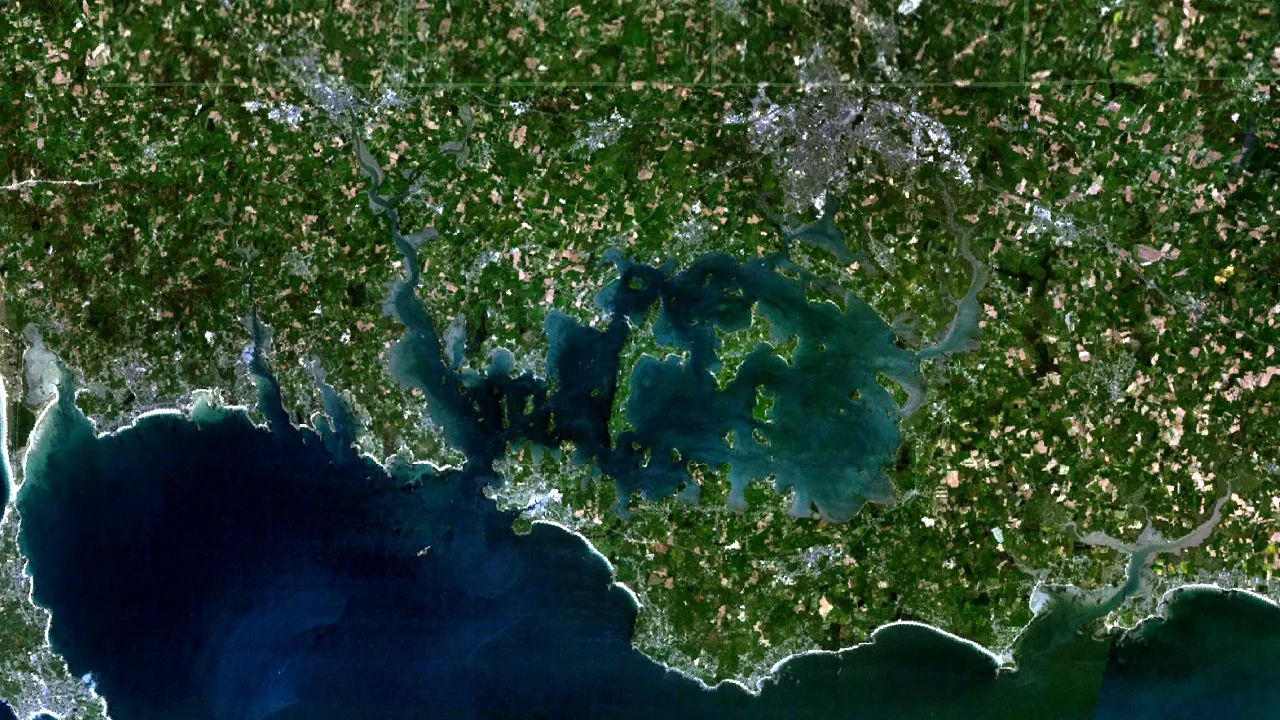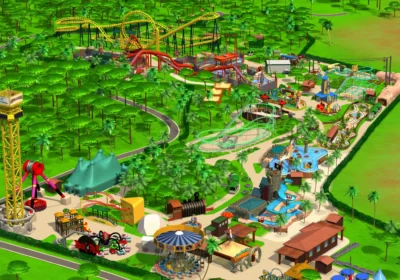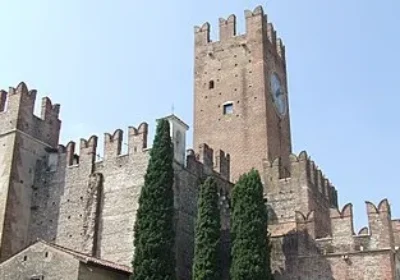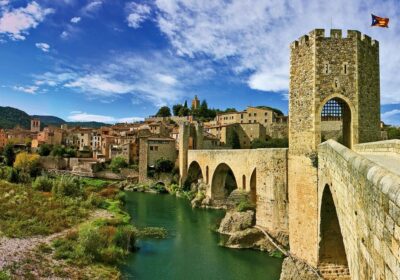Morbihan – translated from Breton – means “little sea”. The unique configuration of the bay, its large freshwater inflow, strong currents and warm microclimate have created its unique landscape over the centuries.
“Little Sea”, with an area of 12 thousand hectares, is surrounded by land on almost all sides. Numerous islands of the bay are the tops of hills that have gone under water due to the rising ocean level. Powerful currents are rampant here, and the tide floods the small isthmuses that connect the islands.
These islands are home to the most skillful sailors of Brittany, since childhood accustomed to maneuver in the maze between tiny pieces of land. People have been settling here since the Stone Age. This is evidenced by the numerous megaliths (prehistoric structures made of large stone blocks) on the shores of the bay.
In the 1st century B.C., the Veneti lived here, who were the most powerful people of the Brittany peninsula, the Armorica (Armorica – Normandy and Brittany in the ancient Celts), and had an invincible fleet. However, they were defeated by Caesar: he attacked the Venets during the doldrums, when their ships were defenseless, and the Romans were on flat paddle boats…
According to legend, in the famous forest of Broseliand (now it is the forest of Pampon), located near the town of Vann, lived fairies (in this forest, as legends say, many miracles have happened, here fought in duels knights of the Round Table, here, according to legend, is the grave of Merlin). Leaving the forest, they shed so many tears that an inland sea – Morbihan Bay – arose. The fairies threw their wreaths of flowers into the water and many islets appeared in the bay …
Any of these islets can be reached by boat, yacht, boat or any other watercraft. On the island of Monks (Ile aux Moines) you will be amazed by the fact that at 47.5° north latitude (which is approximately the same as Rostov-on-Don and Astrakhan), it turns out that oranges, palm trees and mimosas can grow. All thanks to the microclimate – Celsius never drops below zero here.
On the island of Gavrinis (Ile de Gavrinis) there is a whole complex of dolmenov (these are ancient mystical structures, the age of which, according to some estimates, is 7-8 thousand years), connected to each other underground (such a structure scientists called “cairn”). Ancient people painted the walls of the cairn with numerous mysterious symbols.
On the shore of the bay is the administrative center – the city of Vannes, which is considered one of the most beautiful cities of Brittany. It is surrounded by thick fortress walls with fabulous round towers and tiled roofs. It is also home to one of Europe’s most famous megalithic monuments, the city of Karnak. Everywhere in Morbihan there are megalithic constructions – dolmen, cairns, meniras….
In the spring and summer months, lovers of sea holidays and festivals come to the shores of the bay. The Scarlet Sails Festival brings together ancient sailing ships, carefully restored by their owners. And from the 14th to the 20th of the beautiful month of May, the Maritime Festival “La semaine du golfe” takes place. “La semaine du gulfe” Morbihan has been celebrated for several years now. Traditional and classic sailing ships as well as historical reconstructed ships in the Seven Mixed Flotillas take part in the festival. The Seven Flotillas race follows the rules of alternating between 14 ports located at 4 different ends of the bay, all accompanied by water-engine competitions, regattas and night fireworks.
Morbihan is considered one of the five most beautiful bays in the world….

















